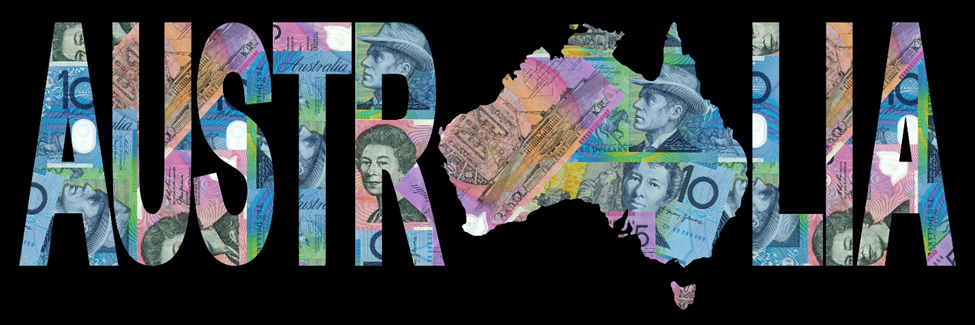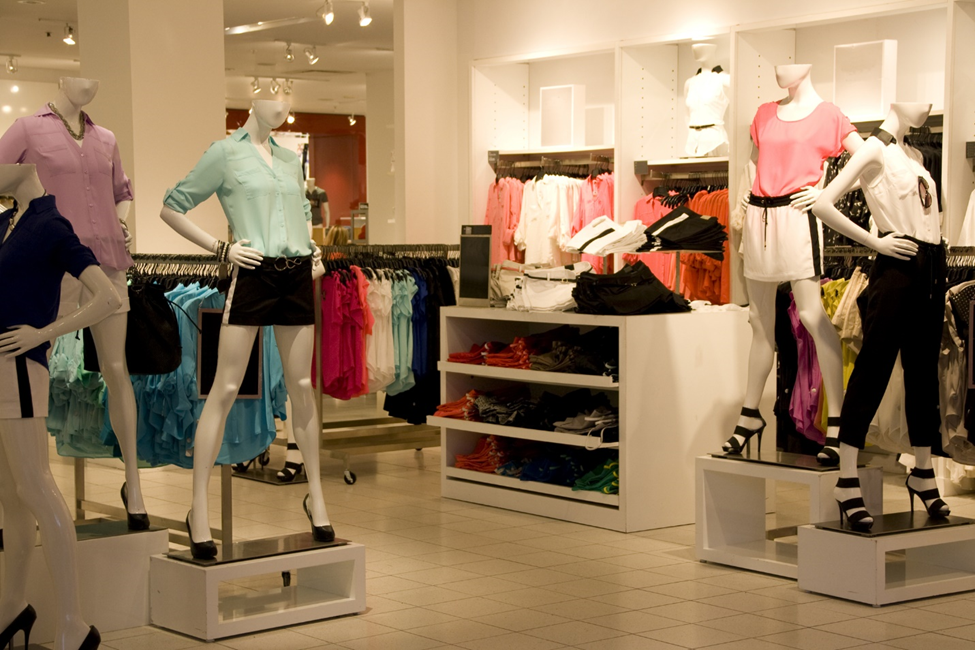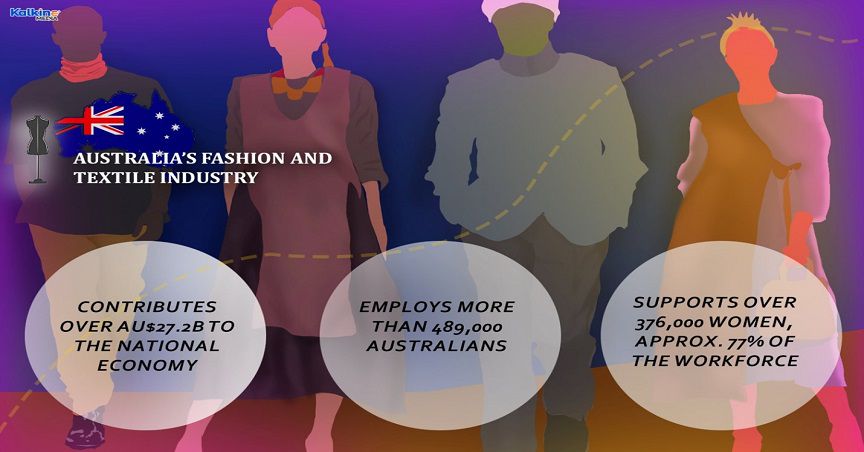Highlights
- Women constitute 77% of the workforce of the Australian fashion & textile industry.
- The industry makes a contribution of nearly AU$27.2 billion to the national economy.
- Greater investment into women’s financial security will increase dividends to the national economy.
We often discuss how fashion brings about a transformational change in women’s outlook, but what is not talked about is how women are pulling the strings in making the fashion industry successful. Women are at the heart of Australia’s fashion & textile industry as they make for a lion’s share, i.e., 77% of the industry’s workforce. Also, the Australian fashion & textile sector has the second highest female workforce after the healthcare space.
Compelling role of women-led fashion world in national economy

Image source: © Jackbluee | Megapixl.com
Do read: How Australian Fashion Trademark will guide growth in national economy
As per a recent report released by the Australian Fashion Council, the diverse fashion & textile industry, which is dominated by women, contributes around AU$27.2 billion to the national economy. This represents more than 1.5% of Australian Gross Domestic Product (GDP). Also, more than 489,000 Australians earn their bread and butter from the vast scale and depth of the industry.
How can women and the fashion industry prosper simultaneously?

Image source: © Jackbluee | Megapixl.com
Also Read: An insight into three ASX-listed fashion stocks: ATP, GLE, GLB
The fashion industry of the country can touch new heights with greater involvement of women professionals. A part of the four-pillar policy built in consultation with the Australian Fashion Council suggests boosting Australian women’s economic security to support the fashion & textile industry domestically and internationally. This will ensure a proportional growth of women as well as the fashion sector of the country.
Efforts are being made to increase Australia’s local manufacturing capabilities, which will increase economic stability for women. It can be done by training the workforce to fill the skill gap and by creating vocational career pathways for women.
Building women’s financial security
For the execution and implementation of the progressive policy, it is essential to make some crucial investments.
More capital in women-oriented projects of the fashion sector will generate more jobs for women. This may include employment in manufacturing, designing, marketing or advancing technology. It will ascertain that more women join the fashion sector and enjoy economic stability and security.
It will also boost women’s participation rates as well as overall productivity of the industry.
Interesting Read: Green Fashion: Buy less, choose well, make it last




